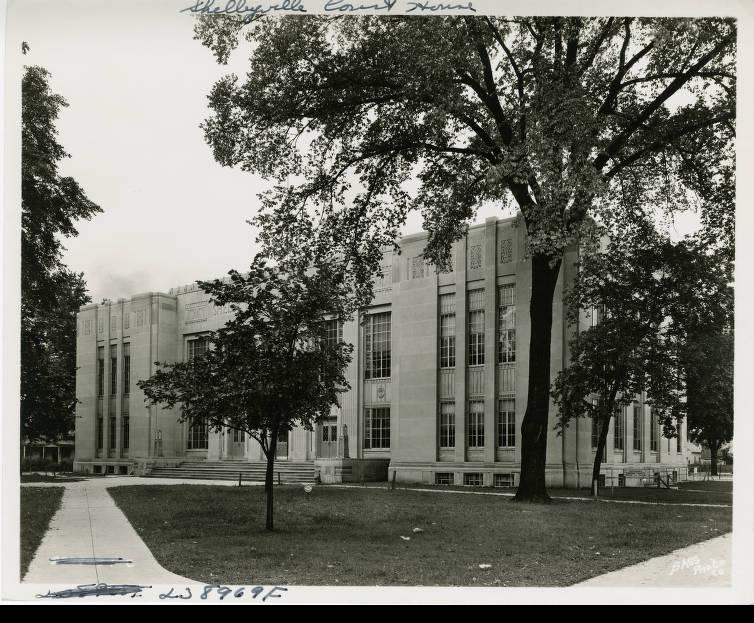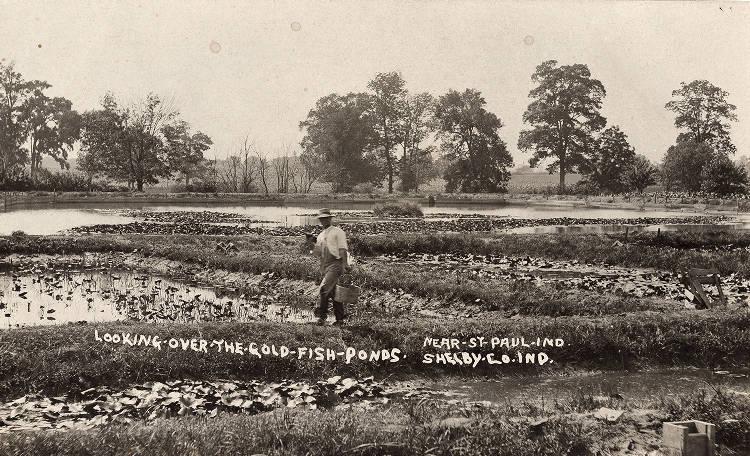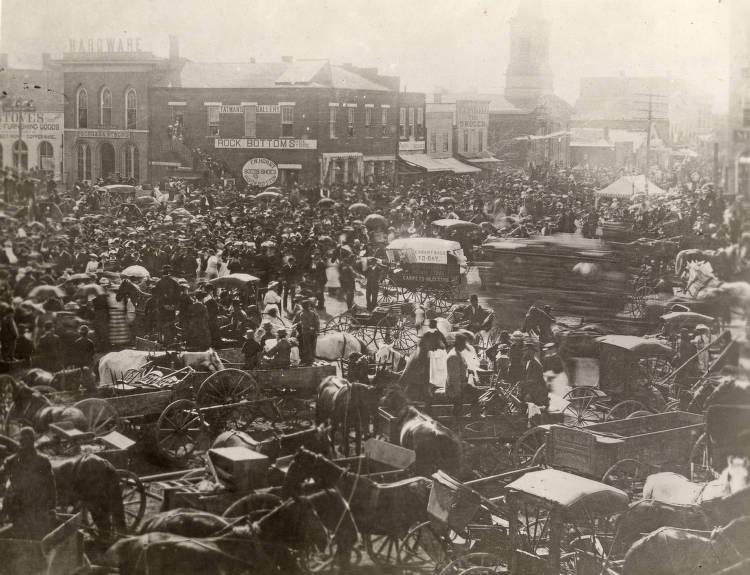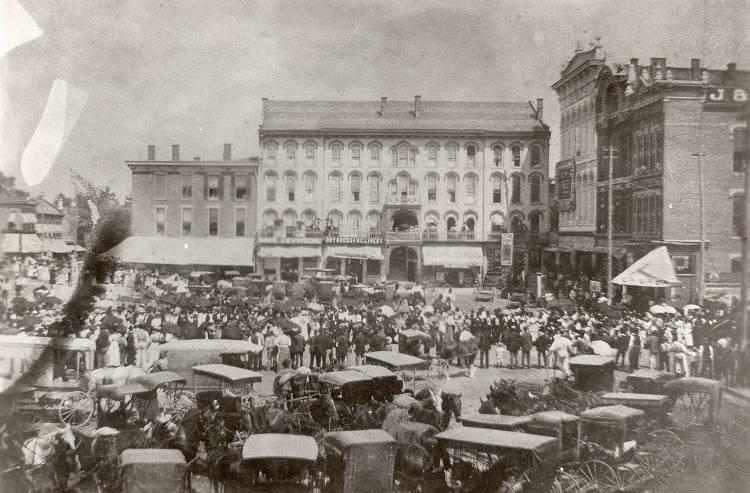Shelby County is adjacent to Indianapolis-Marion County to the southeast and part of the .

James Wilson was the first settler of what became Shelby County. Subsequent settlers came by Whetzell’s Trace, a path Jacob Whetzell cut through the woods from Brookville to the center of the county after October 1818.
In 1820, after the Delaware Indians formally surrendered all lands to the United States within Indiana borders, General Francis Marion laid out and platted the first town in the area, Marion, with streets, alleys, and a public square. Shelby County was officially organized in 1821, taking its name from General Isaac Shelby, the first governor of Kentucky. Most of the original settlers of Shelby County were either Methodists from Kentucky or soldiers who fought alongside Shelby in the Indian Wars. Shelbyville was established as the county seat in 1822.
Shelby County had excellent farmland, but the area was poorly served by the state’s road system. In an attempt to open the markets at Indianapolis and Madison to Shelby County farmers, Shelbyville businessmen in 1849 financed the construction of the Shelbyville Lateral Branch, a 16-mile railway line that connected Shelbyville to the at Edinburgh. This and other small Shelby County lines were abandoned soon after the completion of the Cincinnati, Indianapolis, and St. Louis Railroad through Shelbyville in 1853. This line opened the major midwestern markets to Shelby County crops and pork, and Shelbyville became an agricultural center in its own right.
By the 1870s, furniture manufactories began to appear in Shelbyville. The city soon became a manufacturing center. By 1909, it boasted a dozen furniture factories and was known as the “Furniture City of the Middle West.” At that time, it was a growing city of 12,000 connected to the state capital by a railroad and an interurban line.

Shelby County was the home of one of the first Catholic churches in central Indiana. Residents formed a Catholic church in 1836, and in 1839 they built St. Vincent DePaul near Shelbyville. During this time, the few Catholic settlers in Indianapolis were under the dependency of the pastor of St. Vincent. Once a month the pastor would travel to Indianapolis, an arrangement that lasted until 1846 when a Catholic church was established in the capital.
In 1902, the established a school at Boggstown in Shelby County. Originally called the Boggstown Manual Training Academy, the institution moved to a grove near Fairland, and the name was changed to Beechwood Manual Training Academy in 1903. The school operated at this site until the 1940s when it moved to Cicero in Hamilton County and became the Indiana Academy of Seventh-day Adventists. The demise of the railroad and the after 1930 hurt Shelbyville’s industry, and the city has grown very little since 1909, only about a 4 percent increase over the course of a century.

Shelby County has 13 properties and districts listed on the National Register of Historic Places. The most notable include the Cooper-Alley House built in 1863, the John Hamilton House built in 1853, the Liberty Township Schoolhouse built in 1875 and in use until 1919, and the Junction Railroad. The two historic homes and the schoolhouse boast an Italianate style design with facade embellishments, whereas the historic railroad’s modest one-story rectangular structure reflects its use as a grain elevator and train depot.
In the southeast corner of Shelby County is Meltzer Woods, the oldest standing forest in Indiana. The 48-acre forest sits within 280 acres owned by the Meltzer family who in partnership with the Central Indiana Land Trust protects it. The site is notable for the unique ecological features found in forests with great age without significant disturbance. In 1928 Meltzer Woods was included in the Indiana Classified Forest Program. It was designated as a National Natural Landmark in 1973.

Most of the commercial and manufacturing growth of the county has occurred in the county seat of Shelbyville. Ryobi Die Casting, a global leader of technically complex aluminum casting projects for the automotive industry launched production in Shelbyville, Indiana, Shelby County, in 1985. The plant employs 900 individuals and is Ryobi’s only manufacturing location in the U.S. In 2009 Indiana Grand Racing & Casino opened a casino in Shelbyville. In March 2021 city officials and the casino broke ground on a $32.5 million expansion intended to add 25,000 square feet of casino floor for new slot machines and live table games. The expansion will generate 100 new jobs at the site.
Overall, Shelby County remains a rural area with a relatively stable population.

Is this your community?
Do you have photos or stories?
Contribute to this page by emailing us your suggestions.

